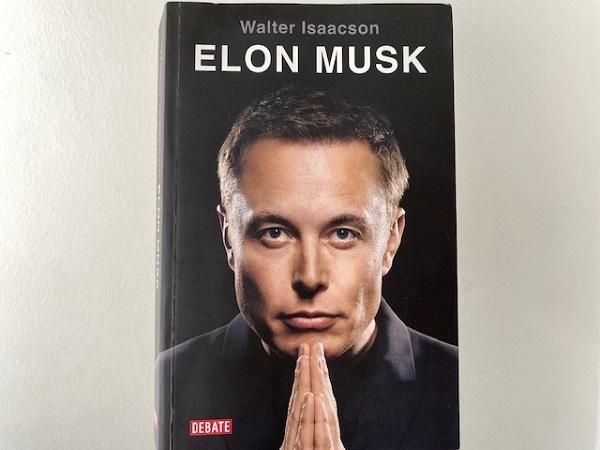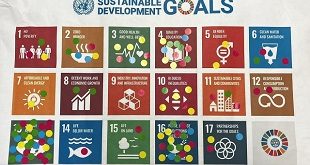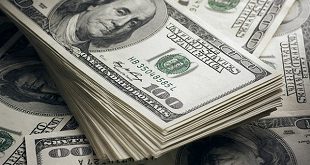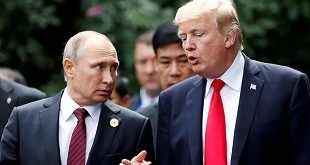
From South Africa to Canada and the U.S., the story of the world’s richest man and how he conquered tech
BOOK REVIEW | WALTER ISAACSON | I love electric vehicles. And until I read this book about Elon Musk, I had a fairly good opinion of Elon Musk, the owner of the biggest electric vehicle company in the world. But now my opinion of Musk has changed.
Walter Isaacson’s biography of Elon Musk, published in Nov. 2023, has some information that is brand new to many people. Isaacson, who has written biographies of Einstein, Leonardo da Vinci, Kissinger and Steve Jobs, whom he often contrasts with Musk, was also CEO of CNN and an editor of Time magazine, so he is very well informed on current transformations in technology. It was interesting to see his take on much of these new industries.
Isaacson starts us out in South Africa, where Elon was raised by his beautiful model mother, and his bipolar abusive engineer dad, along with his brother and sister. We see how Elon was bullied and brutalised by his father repeatedly until his parent’s divorce when he was a preteen. The bullying in the Peoria, South Africa school system again taught him that “might makes right,” and toughened him up for physical brawls. His obsessive video game playing with “Dungeons and Dragons” and other computer games started at age 11 and would continue all of his life. At age thirteen, he bought his own Commodore Vic-20 computer, taught himself BASIC computer software, and at his school, learned Pascal and Turbo C++ software. His father taught him how to code in computer language, so he and his friends spent hours and hours on their computers every day. He sold his own video game to “PC and Office Technology” magazine for $500.
In 1989 when he was 17, Elon himself filled out the visa papers for the family to move to Canada where his Mother had grown up. He bought an airline ticket to Montreal, and after staying at a youth hostel, he couch surfed around Canada via Greyhound bus visiting his cousins. After arriving in Vancouver, BC., his Mom, and later his siblings, joined him and rented an apartment, his Mom supporting them with odd jobs. Later they all moved to Toronto, where he went to college. Living on the “International floor” of the dorms, he quickly bonded with other nerds spending hours and hours at video games, many of them war games; “I am wired for war,” was Elon’s phrase.
After taking business classes and with a desire to expand his social outlets, Musk “cold called” a ScotiaBank employee who worked on strategic planning in Ontario with whom he bonded over many lunches discussing computers and business. He considered entering banking where stocks and bonds were traded and professional traders made big money, but realised he wanted to be his own boss. Instead, he transferred to Penn State around 1994, scoring 2 internships, one with a research company that had U.S. government contracts, and another nighttime gig for a small Palo Alto CA company that made video games.
Again he and his friends spent hours and hours on the computers, hacking their way into other peoples’ software, and often taking apart computers and putting them back together.
Isaacson then relates how in 1995 the internet browser, Netscape, went public on the stock exchange for a market value of $2.9 billion dollars. This was around the beginning of the internet, and Elon was centered in the right place and the right time to get involved. He and his friends launched a “Yellow Pages” directory on the internet using business listings with map data dubbed the “Virtual City Navigator” that became a huge success.
Elon, his brother and friends lived under their desks, writing code during the day, and crashing at night until this project was done, living off donations from family and friends. Mohr Davidow Ventures invested in this project, giving them $3 million in 1996. By 1999, Alta Vista offered them an ownership stake, and gave Elon $22 million, and his brother Kimbal $15 million. Elon’s bank account rocketed from $5,000 to $22,005,000.
The rest of the book covers the amazing climb that started the electric vehicle (EV) company, Tesla, and other companies that made Elon the richest man in the world. Isaacson spends much of his time trying to justify Elon’s behavior in this book. And that is where I lost my respect for Elon.
Isaacson notes that Elon’s addiction to video games has given him a video game perspective of our lives and our Earth; we are all in this “to win.” Winning means preserving the human race (Elon’s determination to go to Mars is how he will “save humanity”). Winning means working with computers, artificial intelligence, and interfacing with the human brain, so that AI cannot “go rogue” on humanity, and destroy it. These are the basic principles of all of Elon’s actions, his passion, and his determination to prevail in industry – to “win.”
This book is exciting to read because besides EV research, there are many other advanced industries described that Elon created and is pushing hard on. This is cutting edge technology, this is fun stuff. Too bad that it will not indeed reach the goals that Elon has in mind, “to save humanity.” In fact, I think that his path leads down roads that will bring humanity ever closer to chaos and death.
 The Independent Uganda: You get the Truth we Pay the Price
The Independent Uganda: You get the Truth we Pay the Price



